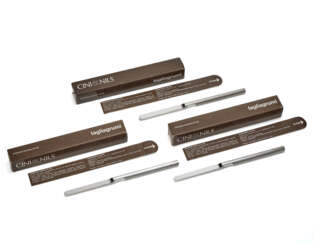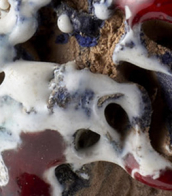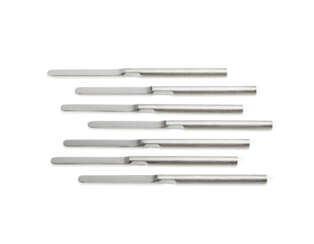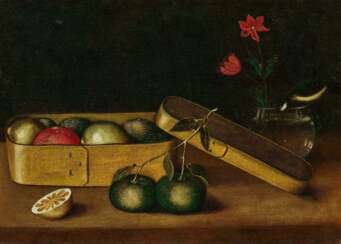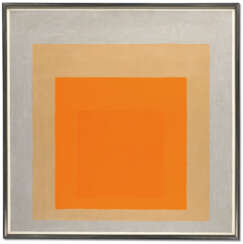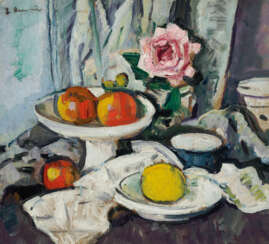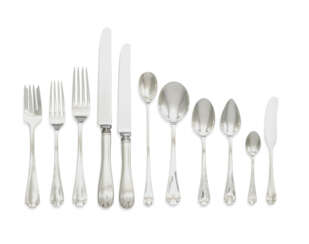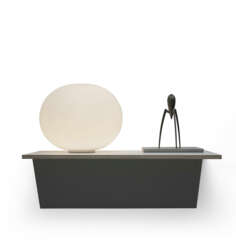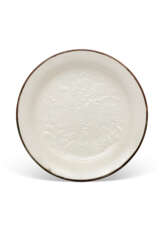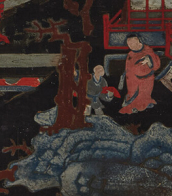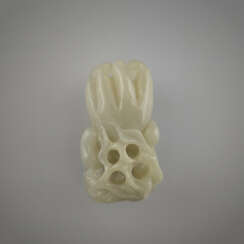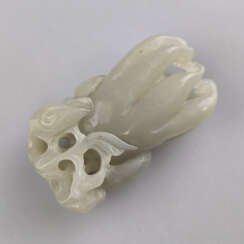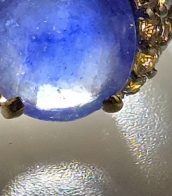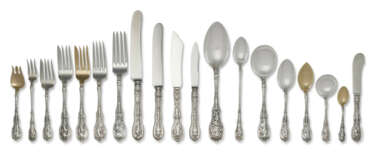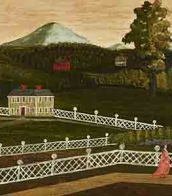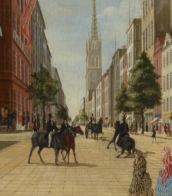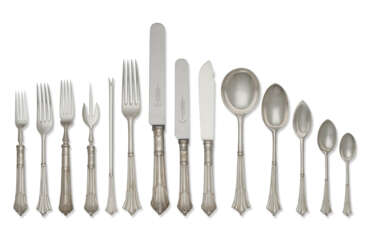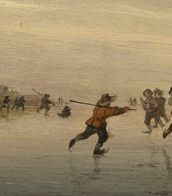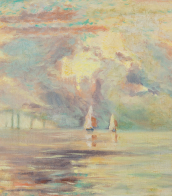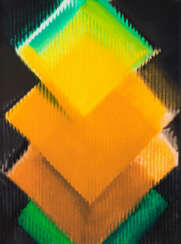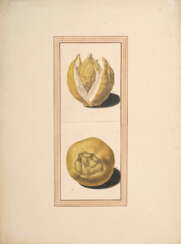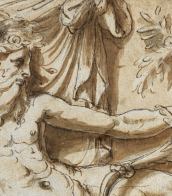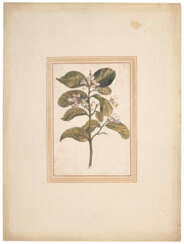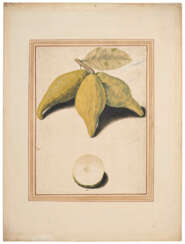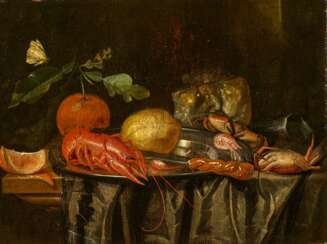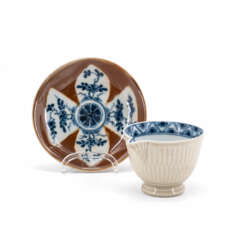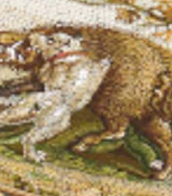citrus art
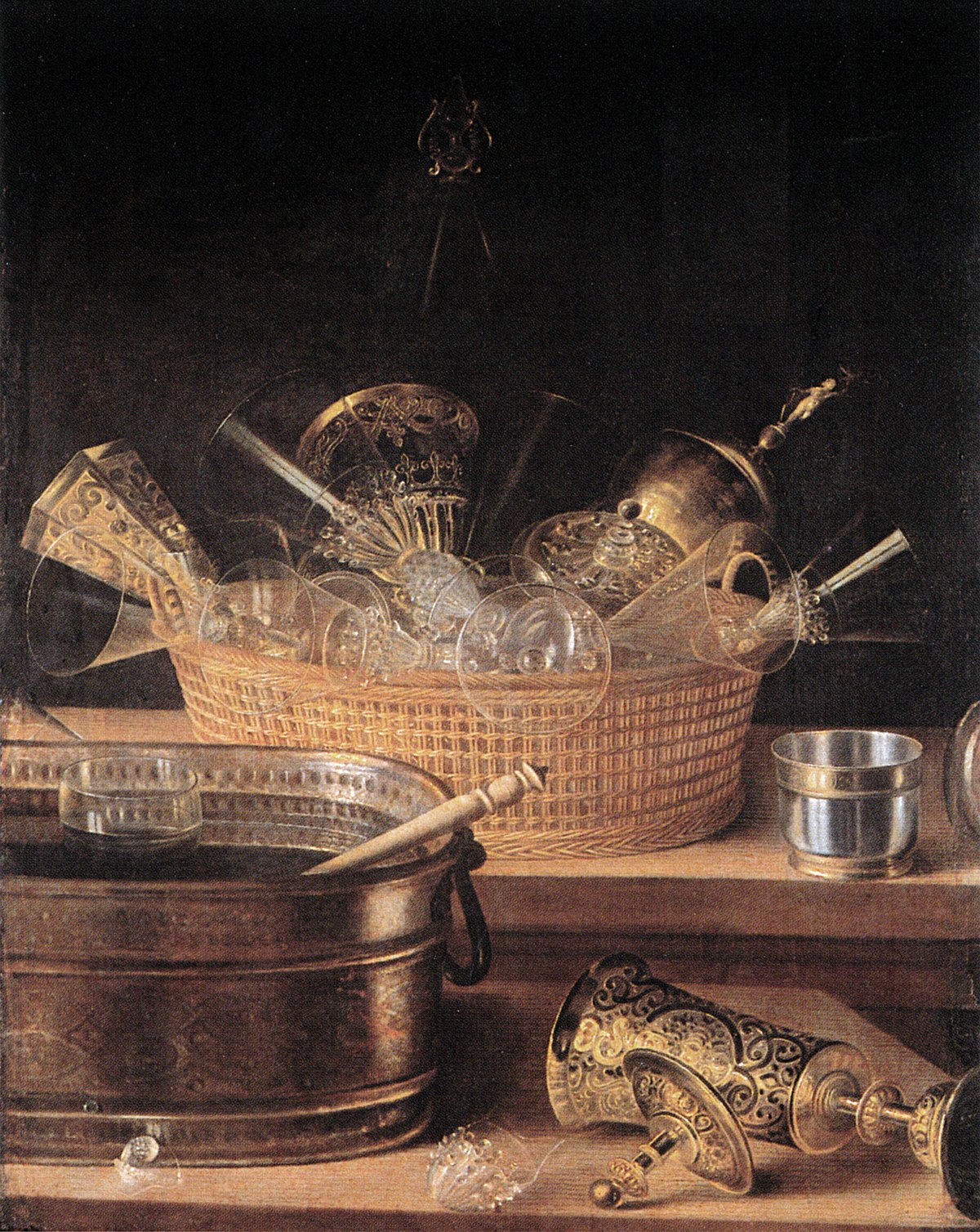
Sebastian Stoskopff was an Alsatian painter. He is considered one of the most important German still life painters of his time. His works, which were rediscovered after 1930, portray goblets, cups and especially glasses. The reduction to a few objects, which is characteristic of early still life painting, can again be recognized in Stoskopff's painting. His chief works hang in his hometown of Strasbourg, but some of the world's most important art museums (the MET, the Louvre, the KHM, the Gemäldegalerie) own paintings by Stoskopff as well.

.jpg)
Josef Albers was a German-born artist and educator. The first living artist to be given a solo shows at MoMA and at the Metropolitan Museum of Art in New York, he taught at the Bauhaus and Black Mountain College, headed Yale University's department of design, and is considered one of the most influential teachers of the visual arts in the twentieth century.
As an artist, Albers worked in several disciplines, including photography, typography, murals and printmaking. He is best known for his work as an abstract painter and a theorist. His book Interaction of Color was published in 1963.
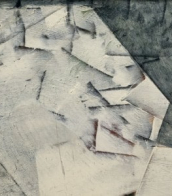
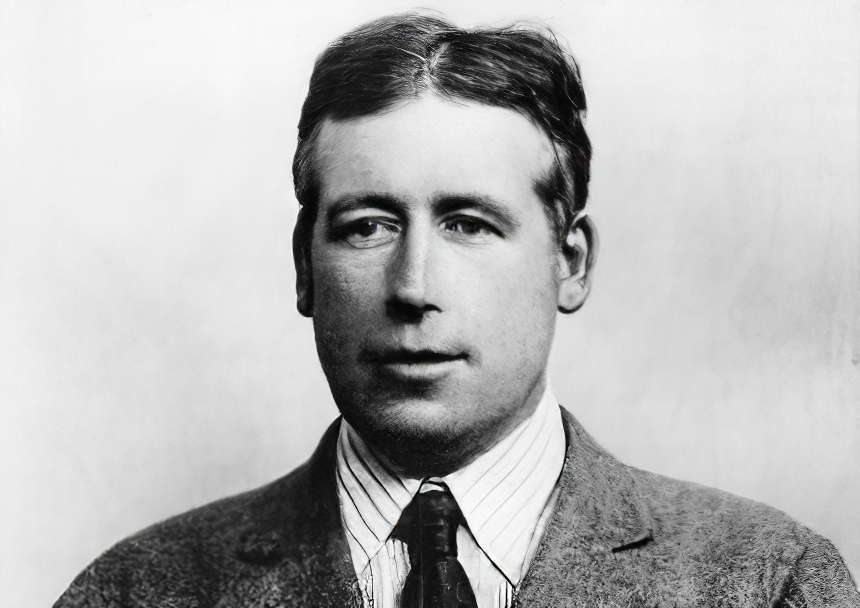
George Leslie Hunter was a Scottish painter, regarded as one of the four artists of the Scottish Colourists group of painters.

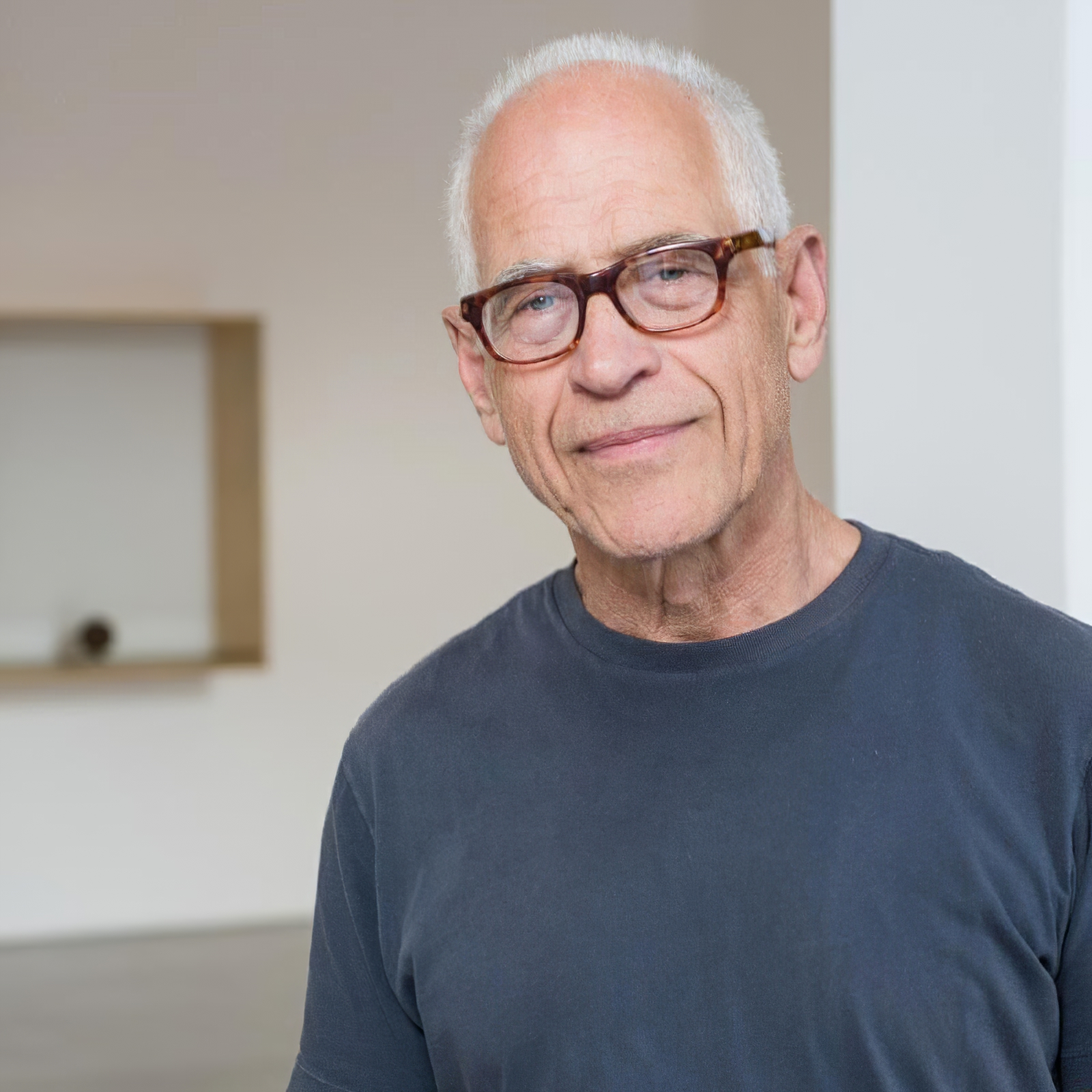
Haim Steinbach is an Israeli-American artist, based in New York City. His work consists of arrangements of everyday objects, presented in «Displays» and shelves of his own making.
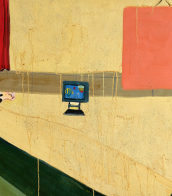

Heinz Mack is a German artist. Together with Otto Piene he founded the ZERO movement in 1957. He exhibited works at documenta in 1964 and 1977 and he represented Germany at the 1970 Venice Biennale. He is best known for his contributions to op art, light art and kinetic art.

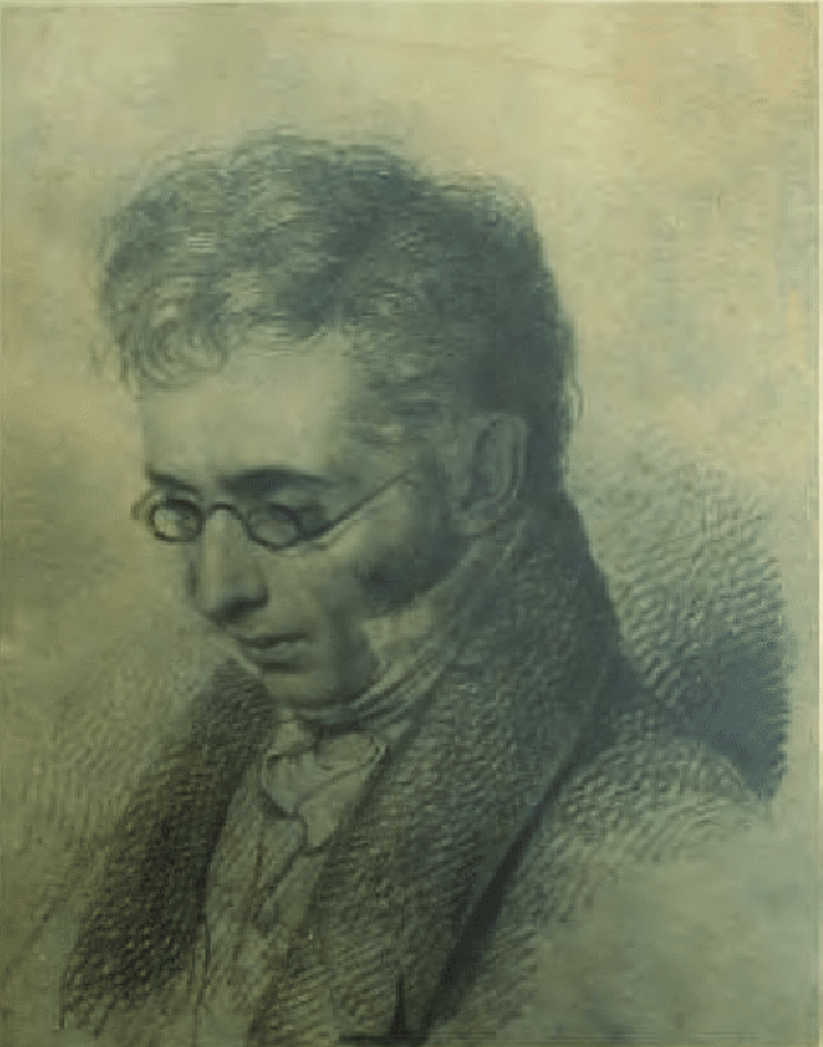

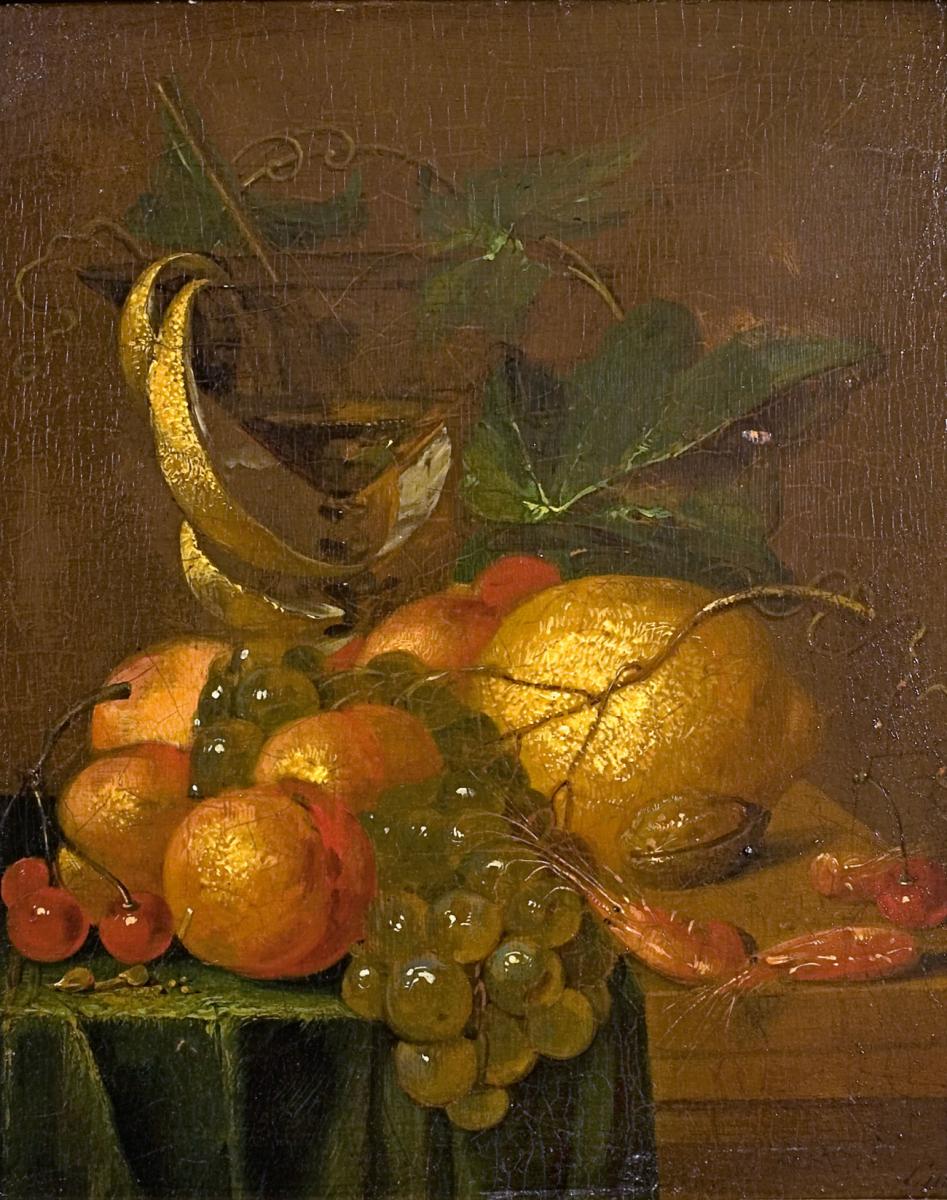
Harmen Loeding was a Dutch painter, member of the Guild of St Luke's in Leiden. He specialised in still lifes with exotic and exquisite fruit and flowers.
Not much information is known about Luding, but he was a pupil of the famous artist Gerard Dou and worked in Leiden. He specialised in small genre paintings depicting the everyday life of Dutch people. His works often represent the interiors of offices, showing various objects and tools.
Harmen Luding is also known for his use of vivid colours and light and shade in his works, which created the effect of being present in a real scene. Some of his best known works include Doctors with a Pipe and A Kiss in the Dark.
He was also a member of the Guild of Artists of Leiden, where he worked until his death in 1673. His works are now in the collections of many museums, including the Rijksmuseum in Amsterdam and the Boijmans van Beuningen Museum in Rotterdam.

